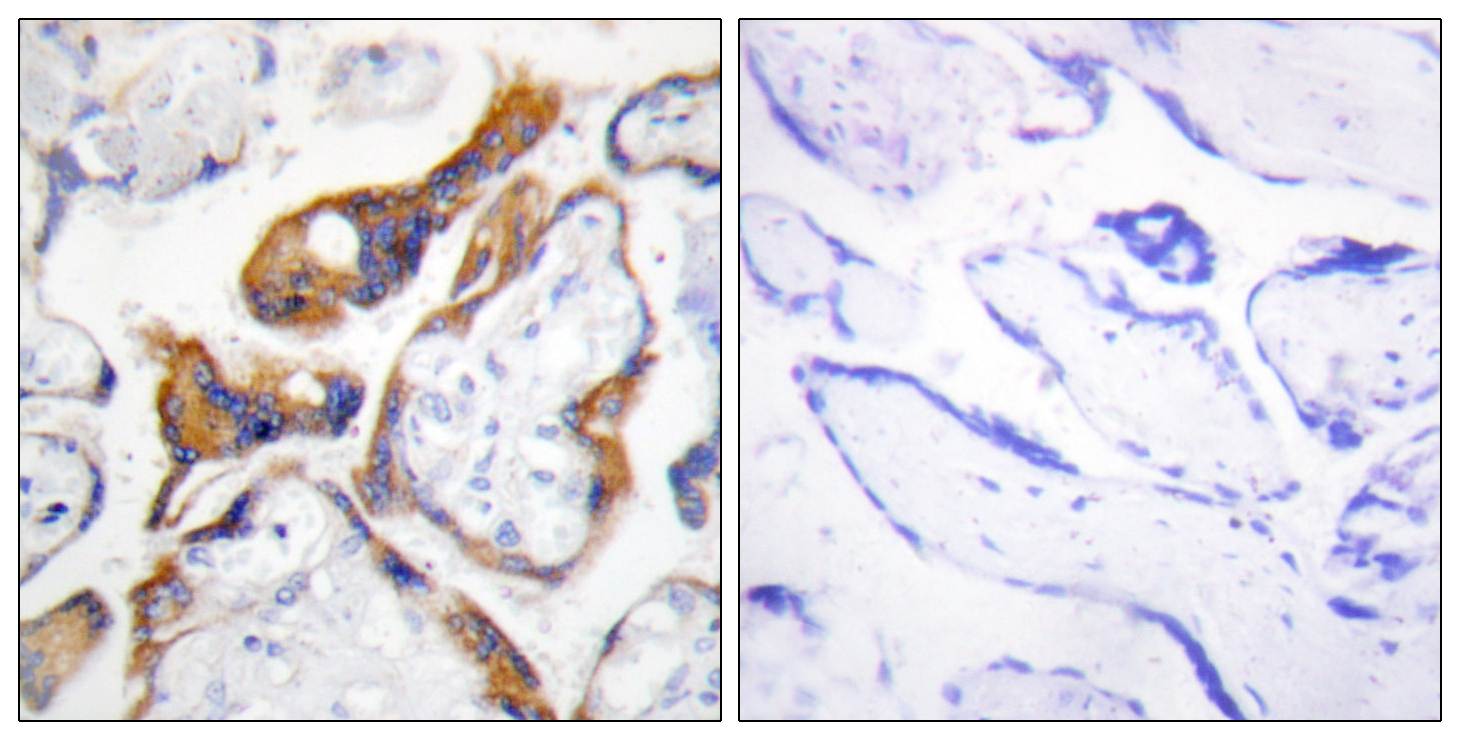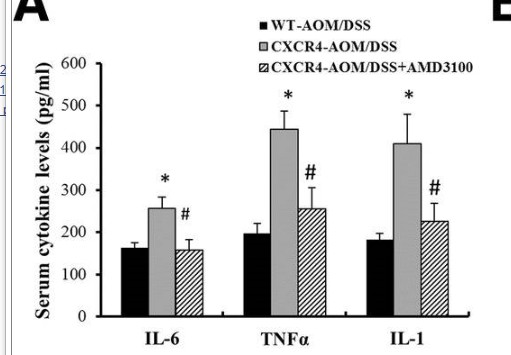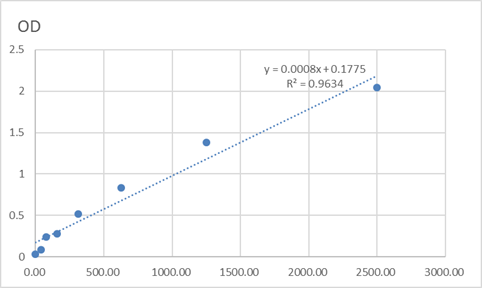
Catalog: KA3783C
Size
Price
Status
Qty.
96well
$330.00
In stock
0
Add to cart


Collected


Collect
Main Information
Reactivity
Human
Applications
ELISA
Conjugate/Modification
Unmodified
Detailed Information
Storage
2-8°C/6 months,Ship by ice bag
Modification
Unmodified
Detection Method
Colorimetric
Related Products
Antigen&Target Information
Gene Name:
PHLDA2
show all
Protein Name:
Pleckstrin homology-like domain family A member 2
show all
Other Name:
PHLDA2 ;
BWR1C ;
HLDA2 ;
IPL ;
TSSC3 ;
Pleckstrin homology-like domain family A member 2 ;
Beckwith-Wiedemann syndrome chromosomal region 1 candidate gene C protein ;
Imprinted in placenta and liver protein ;
Tumor-suppressing STF cDNA 3 protein ;
T
BWR1C ;
HLDA2 ;
IPL ;
TSSC3 ;
Pleckstrin homology-like domain family A member 2 ;
Beckwith-Wiedemann syndrome chromosomal region 1 candidate gene C protein ;
Imprinted in placenta and liver protein ;
Tumor-suppressing STF cDNA 3 protein ;
T
show all
Background:
domain:The PH domain binds phosphoinositides with a broad specificity. It may compete with the PH domain of some other proteins, thereby interfering with their binding to phosphatidylinositol 4,5-bisphosphate (PIP2) and phosphatidylinositol 3,4,5-triphosphate (PIP3).,function:Plays a role in regulating placenta growth. May act via its PH domain that competes with other PH domain-containing proteins, thereby preventing their binding to membrane lipids.,induction:Maternal PHLDA2 allele is activated, while paternal Phlda2 is repressed due to genomic imprinting. Down-regulated by hypoxia. Although highly similar to PHLDA3 protein, it is not regulated by p53/TP53.,miscellaneous:The PHLDA2 locus is imprinted. Loss of imprinting results in overexpression. Imprinting is dependent on RNAi machinery.,similarity:Belongs to the PHLDA2 family.,similarity:Contains 1 PH domain.,tissue specificity:Expressed in placenta and adult prostate gland. In placenta, it is present in all cells of the villous cytotrophoblast. The protein is absent in cells from hydatidiform moles. Hydatidiform mole is a gestation characterized by abnormal development of both fetus and trophoblast. The majority of hydatidiform moles are associated with an excess of paternal to maternal genomes and are likely to result from the abnormal expression of imprinted genes (at protein level). Expressed at low levels in adult liver and lung, and fetal liver. Expressed in adult brain and neuroblastoma, medullablastoma and glioblastoma cell lines.,
show all
Function:
apoptosis, cell death, programmed cell death, death,
show all
Cellular Localization:
Cytoplasm . Membrane ; Peripheral membrane protein .
show all
Reference Citation({{totalcount}})
Catalog: KA3783C
Size
Price
Status
Qty.
96well
$330.00
In stock
0
Add to cart


Collected


Collect
Recently Viewed Products
Clear allPRODUCTS
CUSTOMIZED
ABOUT US
Toggle night Mode
{{pinfoXq.title || ''}}
Catalog: {{pinfoXq.catalog || ''}}
Filter:
All
{{item.name}}
{{pinfo.title}}
-{{pinfo.catalog}}
Main Information
Target
{{pinfo.target}}
Reactivity
{{pinfo.react}}
Applications
{{pinfo.applicat}}
Conjugate/Modification
{{pinfo.coupling}}/{{pinfo.modific}}
MW (kDa)
{{pinfo.mwcalc}}
Host Species
{{pinfo.hostspec}}
Isotype
{{pinfo.isotype}}
Product {{index}}/{{pcount}}
Prev
Next
{{pvTitle}}
Scroll wheel zooms the picture
{{pvDescr}}



















